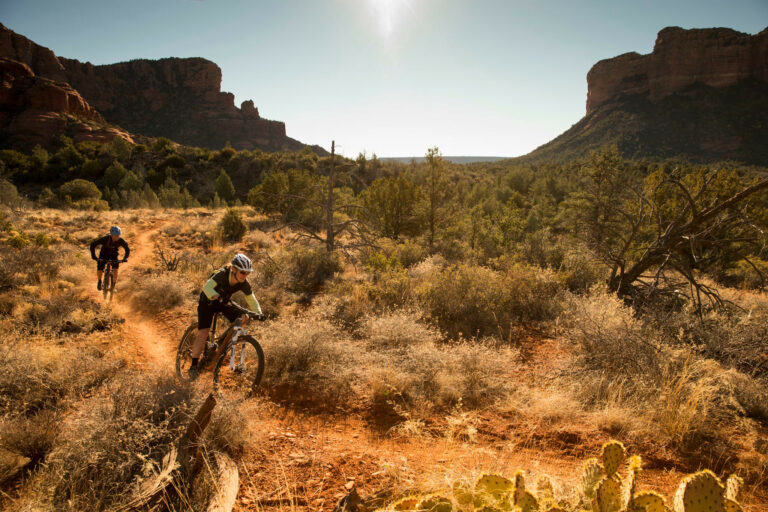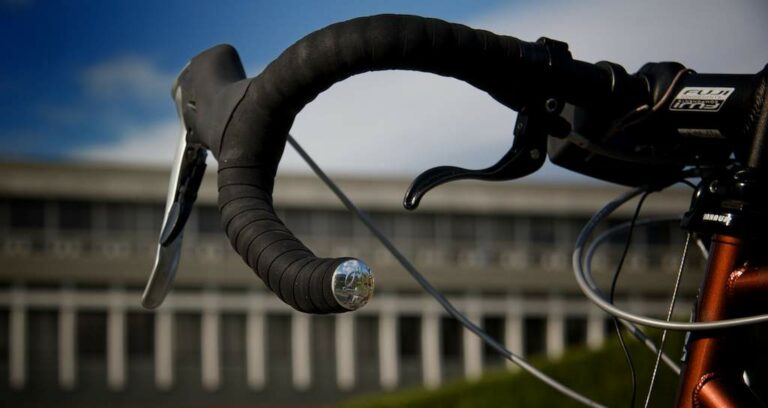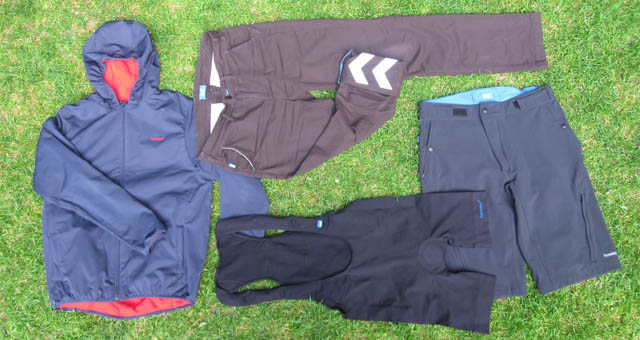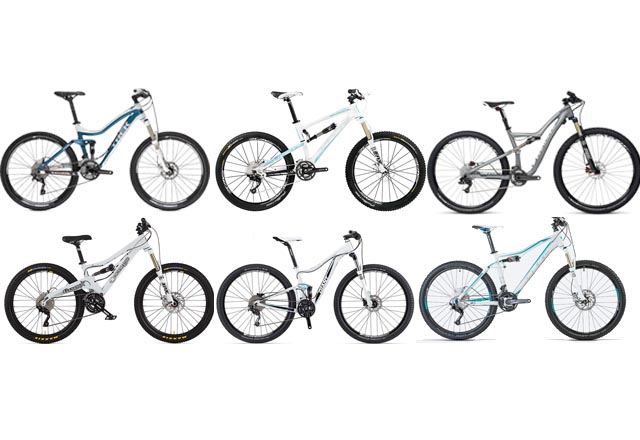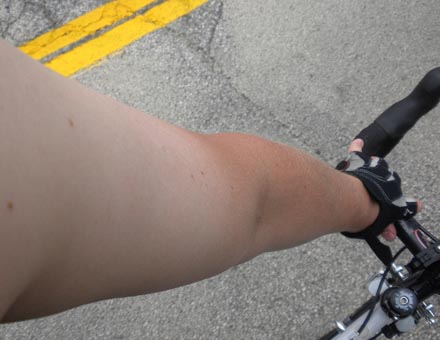When your child is in Year 5 or 6 in primary school they have the opportunity to attend a Bikeability course.
If their school doesn’t provide this, get in touch with your local council, as the Department for Transport funds local authorities to provide this training.

Occasionally a Headteacher will refuse to allow Bikeability training in their school, so you’ll need to lobby them if your children’s school is one of those. A national quality assurance scheme for Bikeability has recently been introduced – a kind of Ofsted for cycle training – so you can guarantee that the training your child receives falls within national guidelines.
What your child learns at Bikeability

To do the course your child needs a bike that is in good working order and a helmet. BMXs are ok. Helmets are sometimes provided, and are mandatory on most courses but children can bring their own.
The course is delivered by National Standard Bikeability instructors who are either from a specialist organisation like BikeRight! or in-house council staff.
All instructors have had a criminal records check and are qualified to teach children on actual roads around the school. The course involves 8-hours of instruction, and typically this is delivered in four 2-hour sessions over one or more school weeks.
The main aim of the course is to teach children how to ride correctly, safely and confidently in traffic on local roads usually around their school. Because the course is training future road users, children learn in the real road situation. A far cry from how many of us gained our cycling proficiency badges, riding round cones in the school playground.
After an initial check to ensure every child’s bikes is roadworthy, the first session – Level 1 – is in the playground, assessing children’s cycling skills. This includes assessing a child’s ability to;
- ride one-handed (needed for signalling)
- look over their shoulder
- ride in a straight line
- use brakes to stop safely.
Only children who attain their Level 1 outcomes are allowed to move on to Level 2 – on-road training.
A quiet road near the school is selected for the next stage of the training. Using a ratio of one instructor to six children, with a minimum of two instructors whatever the size of the group, the children learn how to position themselves in the road and to make right and left turns. As they improve, they may move to a busier road.

Carol and Janet are BikeRight! instructors in Warrington. With the experience of their own children – Janet has 7 and Carol has 3 – plus seven years instructing, they’ve come across every type of child and situation possible.
A child may be fantastic in class, but have real difficulty out on the road.
~ says Carol.
On the other hand, we’ve had children who are flagging in school but are brilliant out on the road. When we share this with the class teacher, their comment is usually along the lines of “They’re always in trouble in class and we know there are problems at home; it’s so nice to see them shine.”
~ adds Janet.
If there are no quiet roads near your child’s school, the most suitable road for training will be chosen, with the appropriate risk assessment. This is important, because if this is the state of the roads in your child’s environment, they need to learn how to negotiate them.
A crucial aspect of the course is the emphasis on children making decisions for themselves. No-one can teach them to be prepared for every traffic situation, just as every time we cross the road there are so many differences and variables.
They need to understand what they’re learning, and demonstrate that learning. Janet explains:
We had a child today who doesn’t yet understand how to ‘give way’ at a junction without being told. We teach them at one junction, then take them to another, to show that they’ve understood. This child can’t get his Level 2 yet because he hasn’t met all the outcomes. On the feedback form we’ve put “Needs supervised practice to develop understanding of road junctions.”
Much of the course involves questions and answers, building up the child’s competence in layers. “How will you get past that parked car?” requires the child to relate what they’ve already learnt to the current situation. In this case, they’ll be prompted to understand why it’s important to look over their shoulder, judge the distance of an oncoming vehicle, stop if necessary and ensure other road users know what they’re doing before moving out to overtake.
How parents can follow up on their child’s Bikeability training
Many parents are confused about the child’s riding and tell them to ride nearer the kerb. But in their training the children are taught that they must be seen by traffic and to ride in primary position, approximately one metre away from the kerb. If a ‘squeeze’ does occur with a vehicle, the cyclist has somewhere to go without being pushed off the bike.
At the end of the course the children will receive a Bikeability badge and a short written summary of feedback for parents, including aspects the child needs to practice more. This is your cue to get involved. Carol and Janet strongly advise parents to read the feedback as individual comments are produced for every child. “Listen to your kids. Don’t say “Oh my god, get on the pavement.” They recommend that parents consider signing up for Freewheeling or other adult cycle training so that they understand what their child has been taught.
Remember, your child has learned the fundamentals of on-road cycling. The most important thing you can do after the course is to ride with your child so they can practice what they’ve learnt. Start with a short trip on quiet roads if possible, such as half a mile to a friend’s house.
Don’t treat it as a test, and help your daughter or son in that all-important decision making as they encounter new situations. They are unlikely to have learnt how to handle roundabouts and busy main roads as that’s Level 3, which some children are fortunate to receive in high school. In those situations you’re in the lead, remember to lead from behind if there’s only one adult as mentioned in my last article. With your help and support, your child can gradually learn to extend their skills to riding in busy traffic.
At the moment there is a lobby to include Bikeability in the school curriculum, regarding it as a life skill, in much the same way that schools have to provide swimming lessons. This would at least quadruple the number of children becoming competent road users by the age of 11-years-old.
BikeRight! Managing Director Liz Clarke is a leading proponent of this campaign;
Bikeability is training the next generation of cyclists. Once children become experienced road users, the impact continues into adulthood, on both their health and prospects for getting to work or education. Every child deserves to have access to this important lifetime skill.
At a recent visit to children in Liverpool on their Bikeability course, Olympic champion and cycling commentator Chris Boardman added his voice;
It’s really important that young people are given cycling training as early as possible. Cycling is a brilliant way of getting about, a fantastic form of exercise and a lot of fun, and the fact that record numbers of youngsters are now becoming cycling proficient bodes well for the future.
At the end of the day, Carol and Janet sum it all up. “We love our job because we’re making kids into better cyclists.” As Warrington is a fairly small town, the satisfaction goes beyond the 8-hour course. “It’s great to see the kids later on in high school riding their bikes, and we think “We taught them that”.”
To find out more visit the Department for Transport website dedicated to Bikeability.

